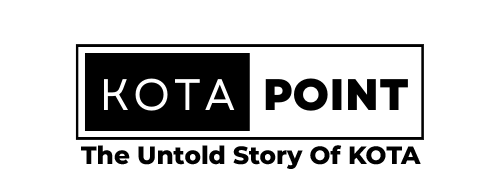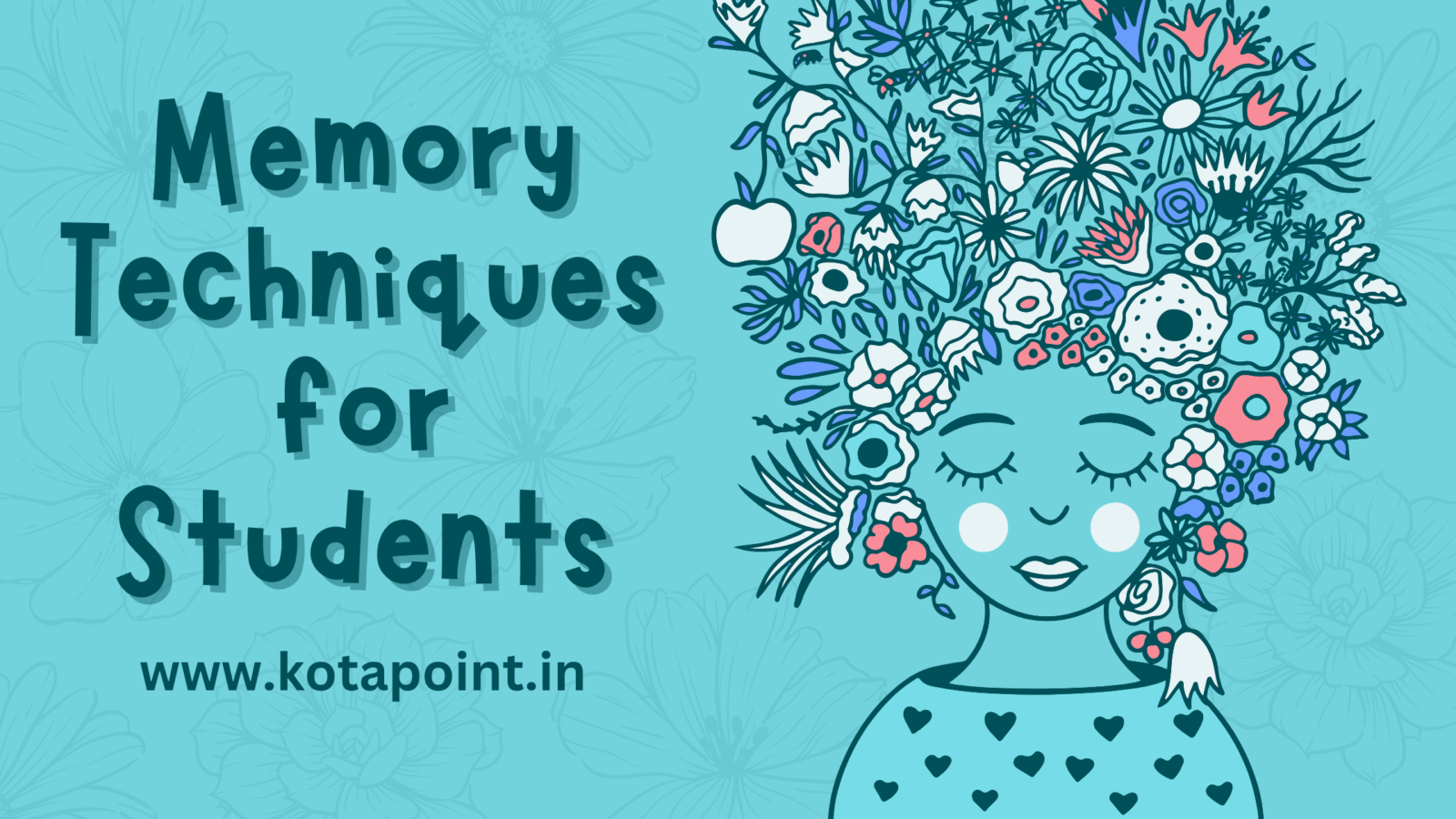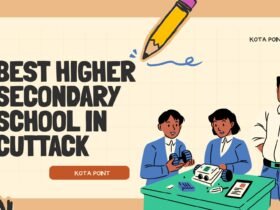As students, mastering memory techniques can make a significant difference in learning, retaining, and recalling information. Whether you’re studying for exams, preparing for presentations, or trying to retain what you’ve learned, memory techniques for students offer valuable tools to improve your mental recall. This guide will dive into powerful strategies to enhance memory, giving you a solid foundation for academic success.

Understanding Memory Techniques for Students
Memory techniques are methods that help improve your ability to remember and retrieve information. These techniques are particularly useful for students, as they make it easier to retain large volumes of material, enhance focus, and make studying more effective. Learning various memory techniques for students can improve your efficiency and lead to better academic performance.
Why Are Memory Techniques Important for Students?
For students, having reliable memory techniques is essential. Memory techniques for students aren’t just about cramming facts—they’re about building pathways in the brain that make information more accessible. By mastering these strategies, students can reduce study time, increase retention, and improve their ability to recall details under pressure.
Best Memory Techniques for Students
If you’re interested in learning practical memory techniques for students, here are some of the most effective strategies to incorporate into your study routine:
1. Chunking Information
One of the simplest yet most powerful memory techniques for students is chunking. Chunking involves breaking down large amounts of information into smaller, manageable groups. By organizing content in chunks, students can remember more and recall faster. For instance, when memorizing numbers, break them into small groups to improve retention.
2. The Mind Palace Technique
The Mind Palace, or method of loci, is a classic memory technique that involves visualizing a familiar place, like your home, and placing information within specific locations in that setting. This technique allows students to “walk through” the mental location and retrieve the information they need, making it an effective memory technique for students who are visual learners.
3. Mnemonic Devices
Mnemonic devices are memory aids that help in encoding and recalling information. Acronyms, rhymes, and acrostics are popular examples. For instance, to remember the order of operations in math (Parentheses, Exponents, Multiplication, Division, Addition, Subtraction), students can use the acronym “PEMDAS.” Mnemonics are particularly helpful as memory techniques for students who need to recall sequential or detailed information.
4. Visualization and Association
Visualization is a powerful memory technique that involves creating mental images to represent information. By associating abstract ideas with vivid images, students can improve their memory and make learning more engaging. This is one of the most effective memory techniques for students who have a strong visual memory.
5. The Feynman Technique
Named after physicist Richard Feynman, the Feynman Technique involves breaking down complex topics and explaining them in simple terms. By teaching a concept to yourself or others, you reinforce your understanding and memory of the topic, making it a practical memory technique for students studying difficult subjects.
6. Spaced Repetition
Spaced repetition is a memory technique that involves reviewing information at increasing intervals over time. Research shows that revisiting information at regular intervals improves long-term retention, making it a highly effective memory technique for students preparing for exams or studying large volumes of information.
7. Active Recall
Active recall is a study strategy that requires you to actively stimulate memory during learning. Instead of re-reading notes, try testing yourself on what you remember. By forcing your brain to retrieve information, active recall strengthens memory pathways, making it one of the best memory techniques for students seeking long-term retention.
8. Mind Mapping
Mind mapping is an organizational tool that allows students to visualize information in a structured way. Using a central topic, students create branches of related ideas, connecting information to create a comprehensive overview. This memory technique helps students see relationships between ideas, making it easier to retain complex concepts.
Tips for Making Memory Techniques Work for You
Using memory techniques for students can be highly effective if practiced regularly. Here are some tips for getting the most out of these strategies:
- Experiment with Different Techniques: Not every memory technique will work for everyone. Try different methods to see which ones best suit your learning style.
- Practice Consistently: Memory techniques for students work best when practiced regularly. Integrate these techniques into your daily study routine for lasting results.
- Stay Focused and Avoid Multitasking: Memory retention improves with focus. Avoid distractions and dedicate time to practicing these techniques without interruptions.
Conclusion
Incorporating memory techniques for students into your study routine can transform the way you learn and recall information. From chunking and mnemonics to mind mapping and the Feynman Technique, these methods provide effective tools to enhance memory and make studying more efficient. With consistent practice and a willingness to try new approaches, students can boost their memory power and improve their academic performance.
FAQs on Memory Techniques for Students
What is the best memory technique for students?
The best memory technique for students varies depending on personal learning styles. However, popular techniques include spaced repetition, active recall, and mnemonics, which are effective for many students.
How long does it take to see results with memory techniques?
With consistent practice, students may start noticing improvements in memory and recall within a few weeks. The more regularly you practice, the better the results.
Can memory techniques help in exam preparation?
Absolutely! Memory techniques for students are especially useful during exam preparation, as they improve retention, help with quick recall, and make learning more efficient.
Are memory techniques for students helpful for subjects that require a lot of memorization?
Yes, memory techniques are particularly effective for subjects that involve memorizing facts, figures, dates, and sequences. Techniques like mnemonics and chunking are ideal for such subjects.
Is it possible to improve memory skills with regular practice?
Yes, regular practice with memory techniques for students can lead to significant improvement in memory skills, making it easier to retain and recall information over time.














Leave a Reply